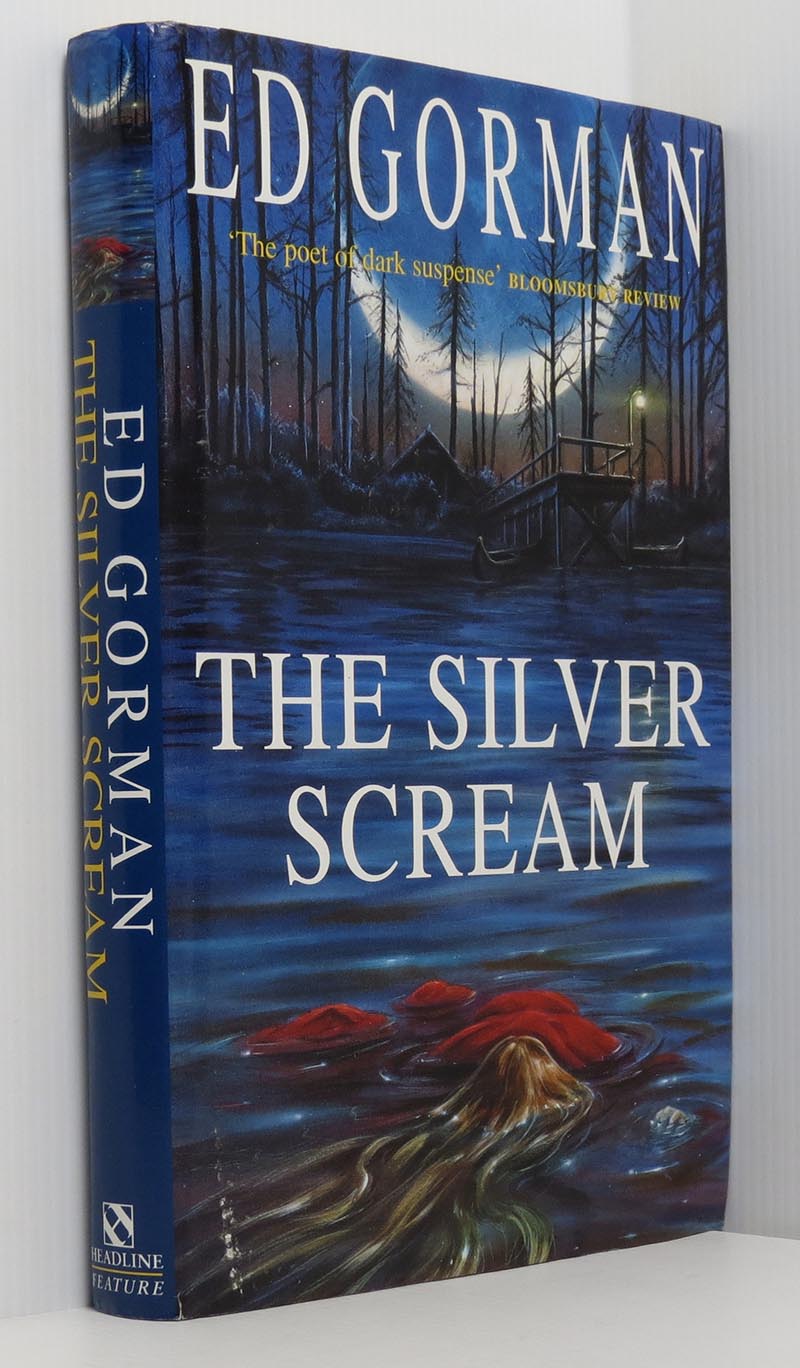

Shots of Funboy free-basing and licking the needle he uses on Darla were cut, along with the impact shot of Top Dollar's body actually hitting the gargoyle in a spray of blood, the impalement. A whole fight between Eric and Funboy (which explains how Eric's trenchcoat got slashed) was filmed, then dropped. Other stuff deleted after a rough cut was completed in October of 1993 were several characters - Alison, a woman who gets blown up inside of Arcade Games, and Axel and Chopper, two 12-year-olds who hold up the liquor store Skank visits to score road beers. If you look very closely in certain shots, you can still see the five scars. Eric's discovery of the scars (in the alley, right after he pulls off his shirt) was cut subsequent to that, he is only shot twice in the loft. This pattern was to be duplicated in the number of knives stuck into Tin-Tin, the number of needles stuck into Funboy, and so forth.

The only omission that crippled the film was Eric's discovery of a circlet of five bullet hole scars on his chest - essentially, one scar for each of the guys originally involved in his death.

Carbon-copying O'Barr's story arc was not the aim by that time, anyway - gleaning the atmosphere and mood from the comic was.Īfter Brandon's death, the producers insisted on de-emphasising many aspects interpreted as 'morbid' in the context of the tragedy. No one had any idea how the comic concluded the most we had to go on was an incomplete set of pencil roughs for half the book. In fact, the comic was not finished as of my start date, in September, 1991. I had not seen the Crow comic book until I was hired to re-do the movie script from the ground up what they call a 'page one rewrite'. Tell us about the Skull Cowboy.ĭavid Schow: In a strange bit of predestination, James O'Barr had already adapted a short story of mine ('Blood-Rape of the Lust Ghouls') to comic format for a magazine called Horror: The Illustrated Book of Fear in 1989. We hear that some of the more morbid elements were taken out after Brandon's tragic death.

Tell us what you think of the original comic and how that became the final script. Tabula Rasa: Your most mainstream success has been The Crow. With his successes becoming more prominent and his projects even more diverse, he took out some time (and put up with the tortured vagaries of our fax system) to answer a few choice questions: If the argument is quiet versus loud horror, then just a reading of his two novels would show this man transcends the whole thing by mastering both. Surely then he does not avoid excess? And he doesn't, he positively revels in it on occasion, it's just he doesn't let it tip the scale. Oddly because of course this is the man who coined the term 'splatterpunk' in the first place. In trying to define exactly my appreciation for David Schow's work, the term 'balanced' comes rather oddly to mind. Schowtime An interview with David J Schow First Appeared in Tabula Rasa#6, 1995


 0 kommentar(er)
0 kommentar(er)
